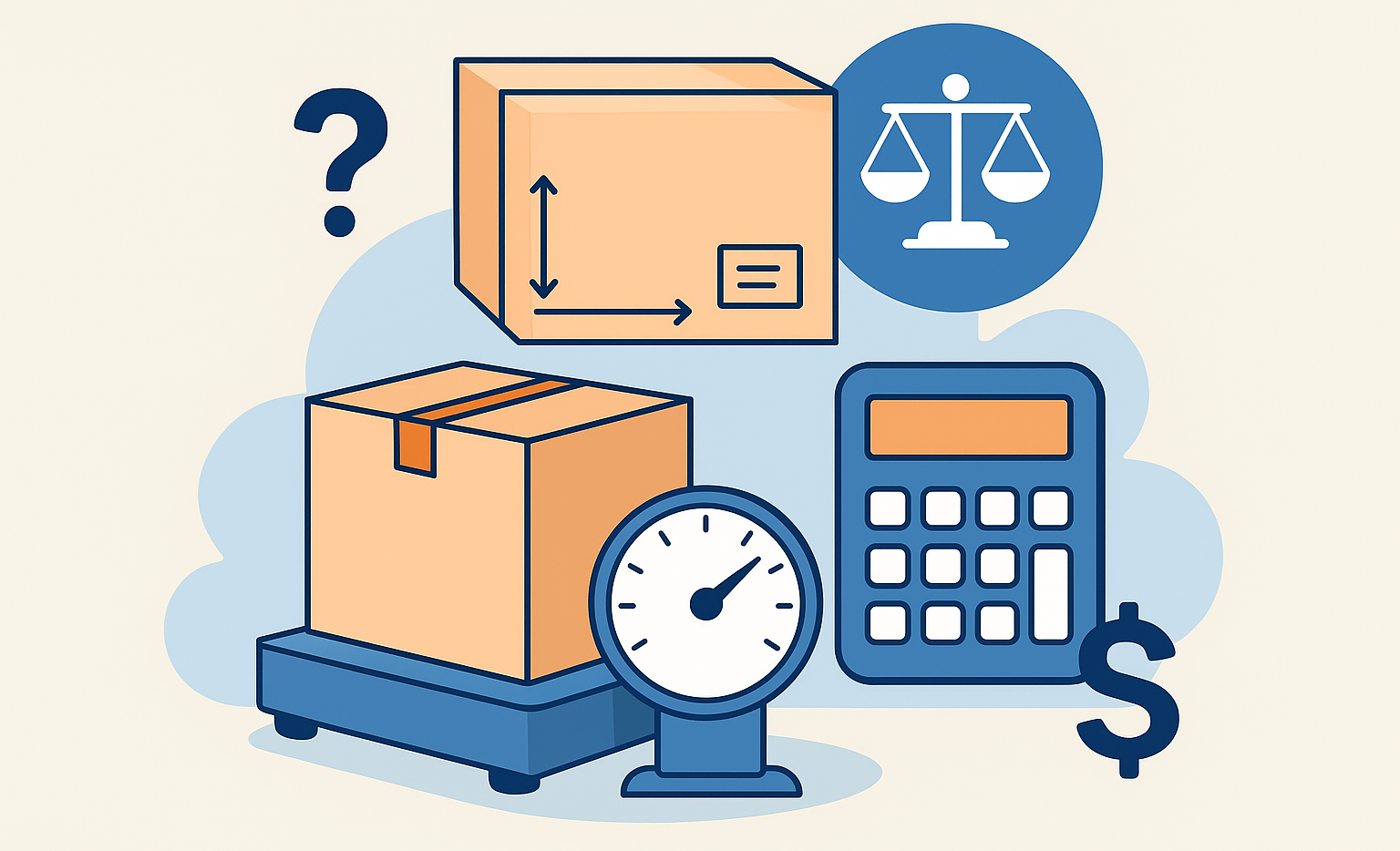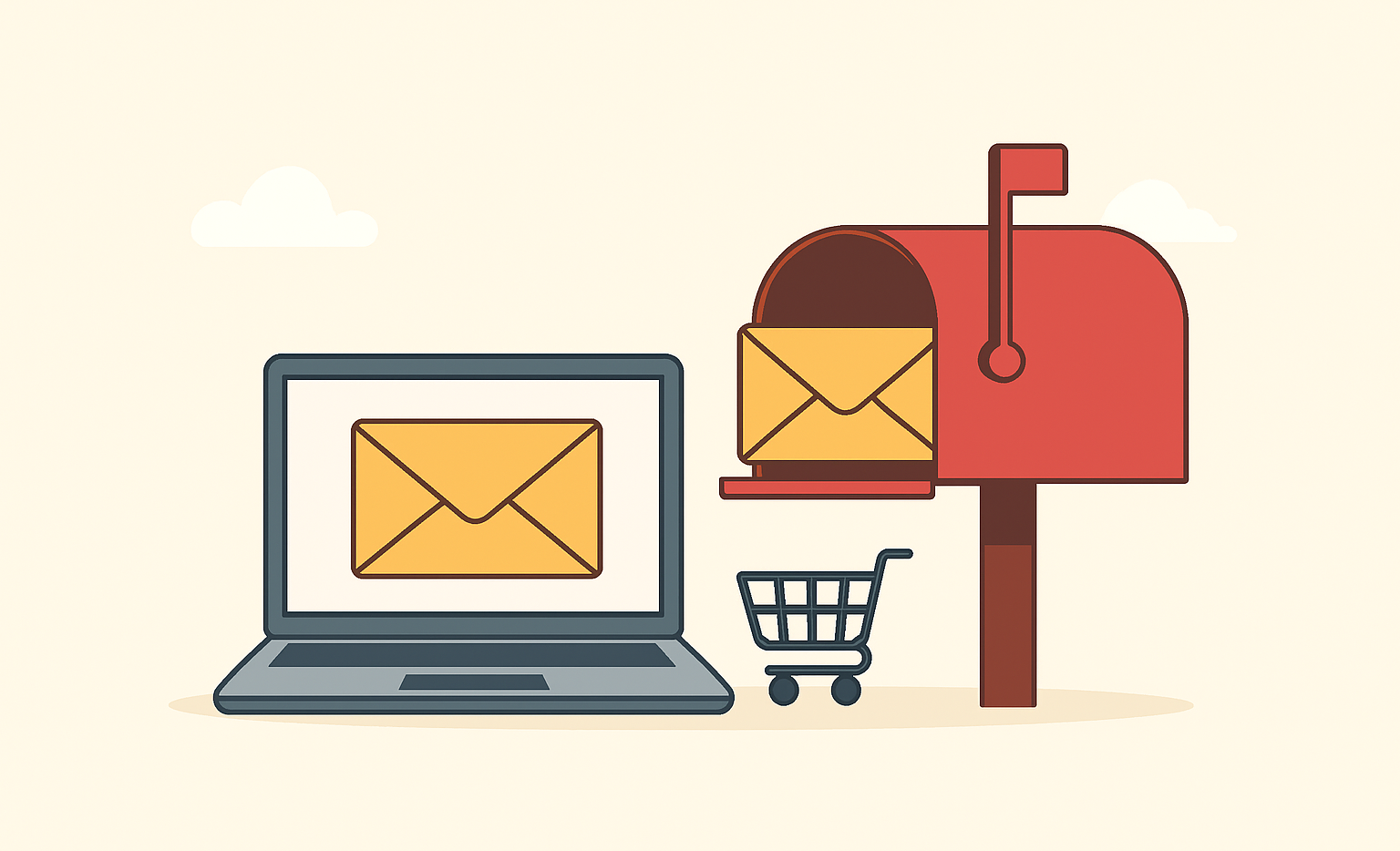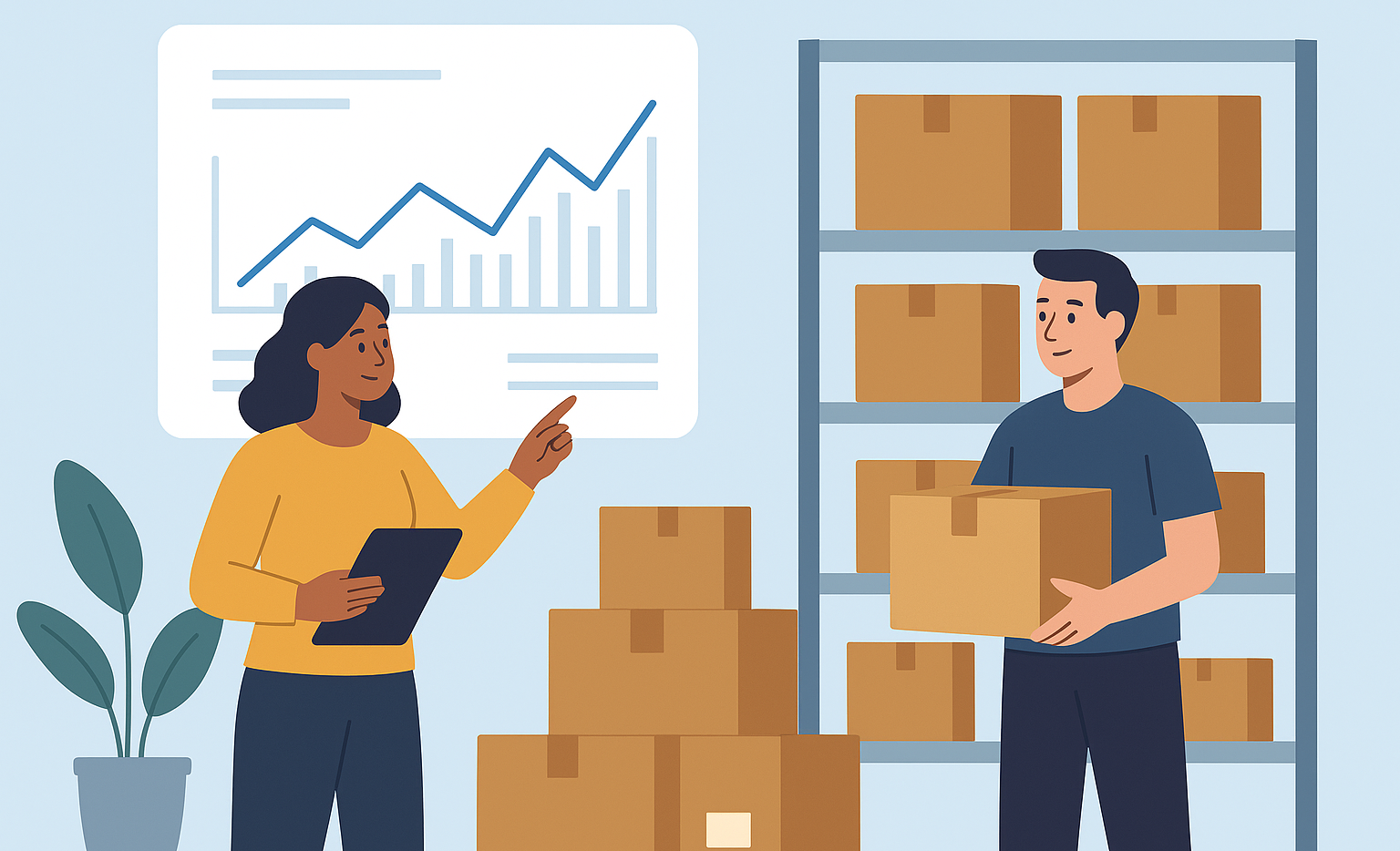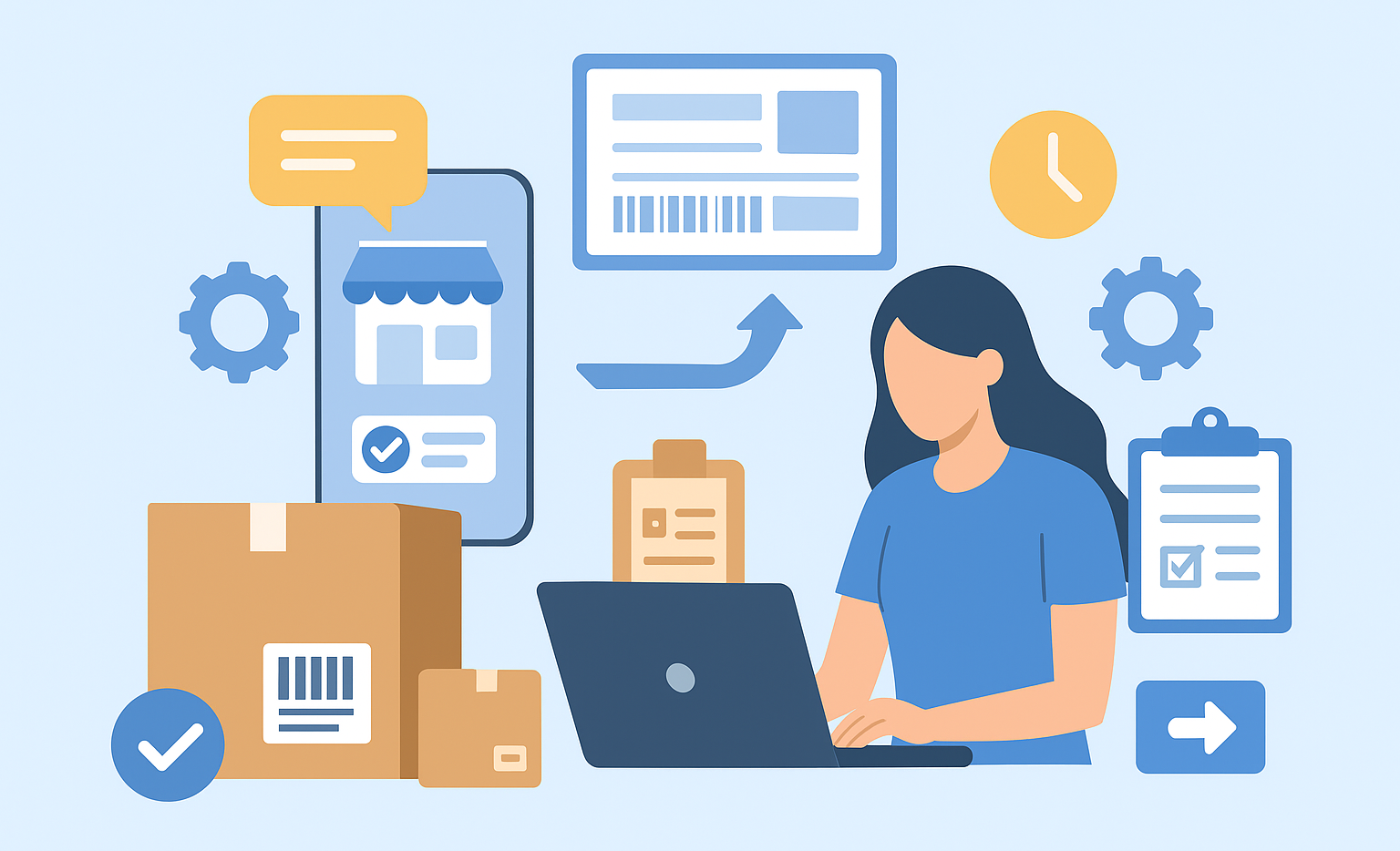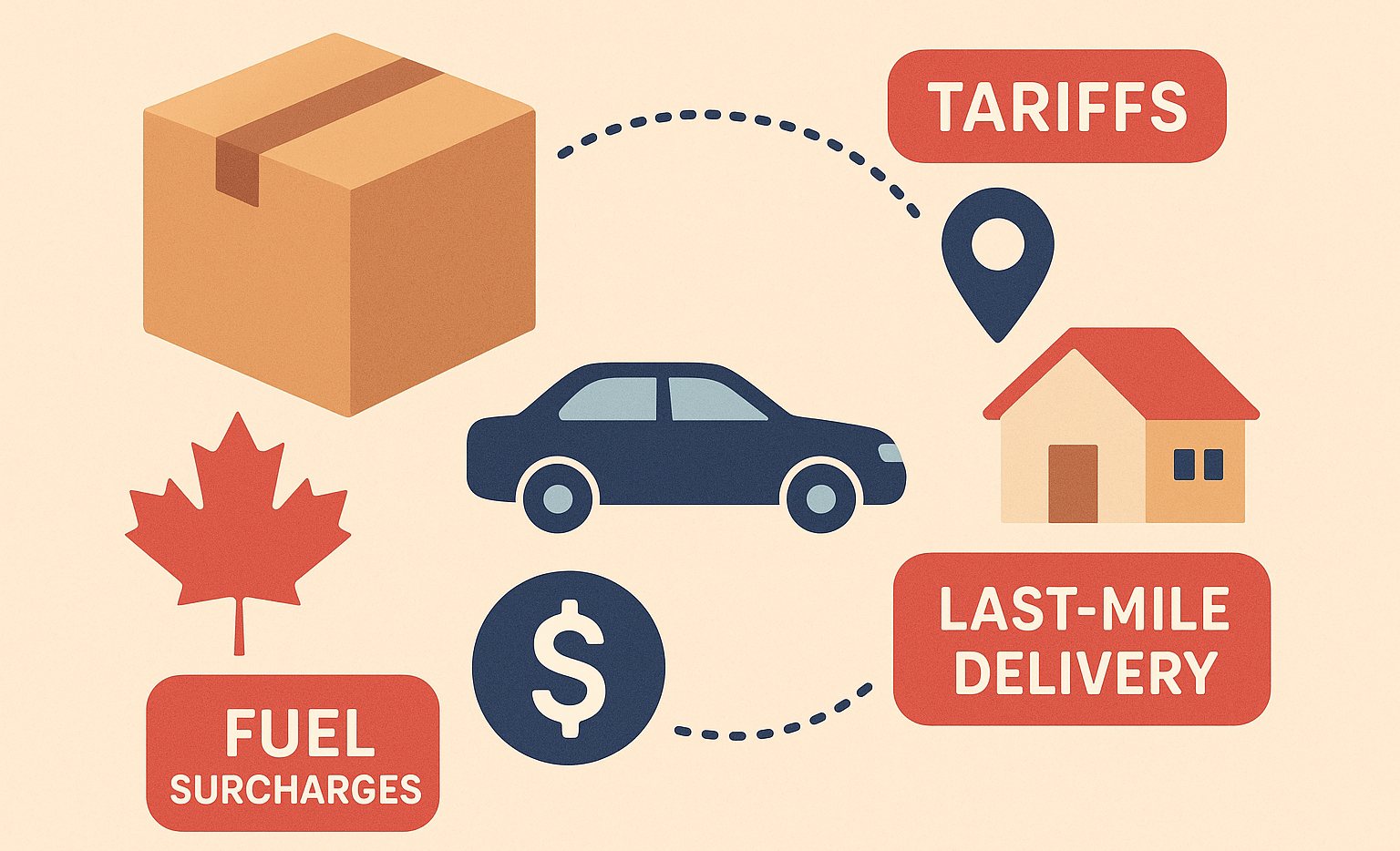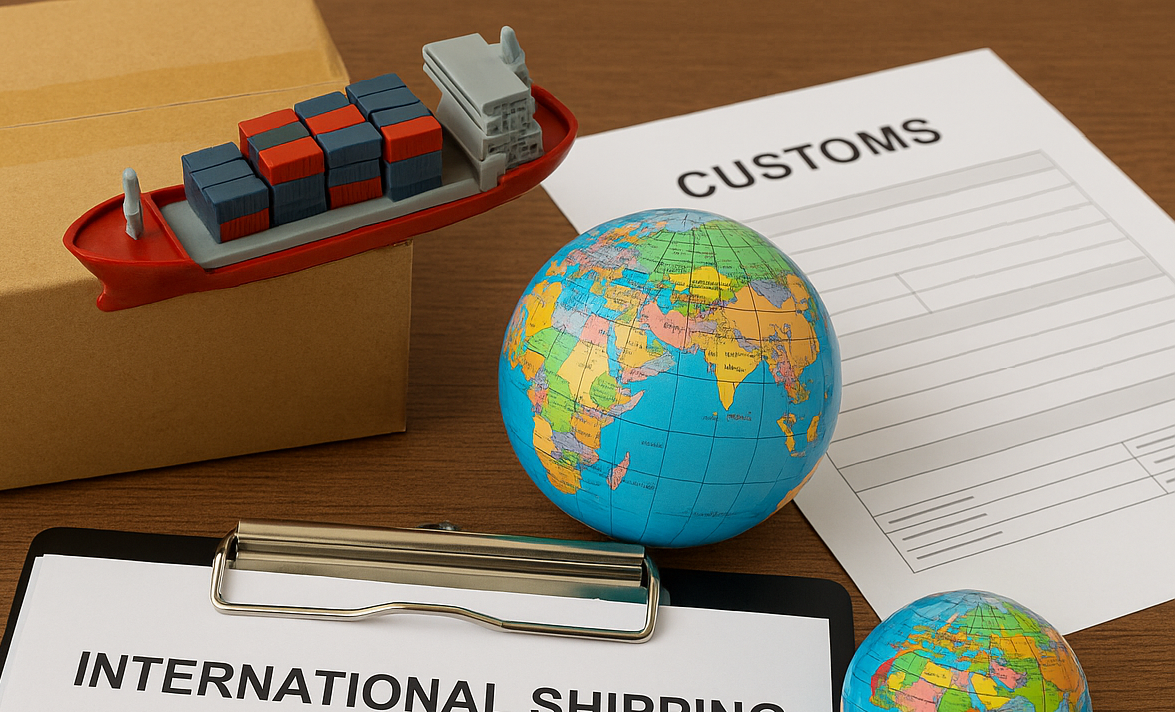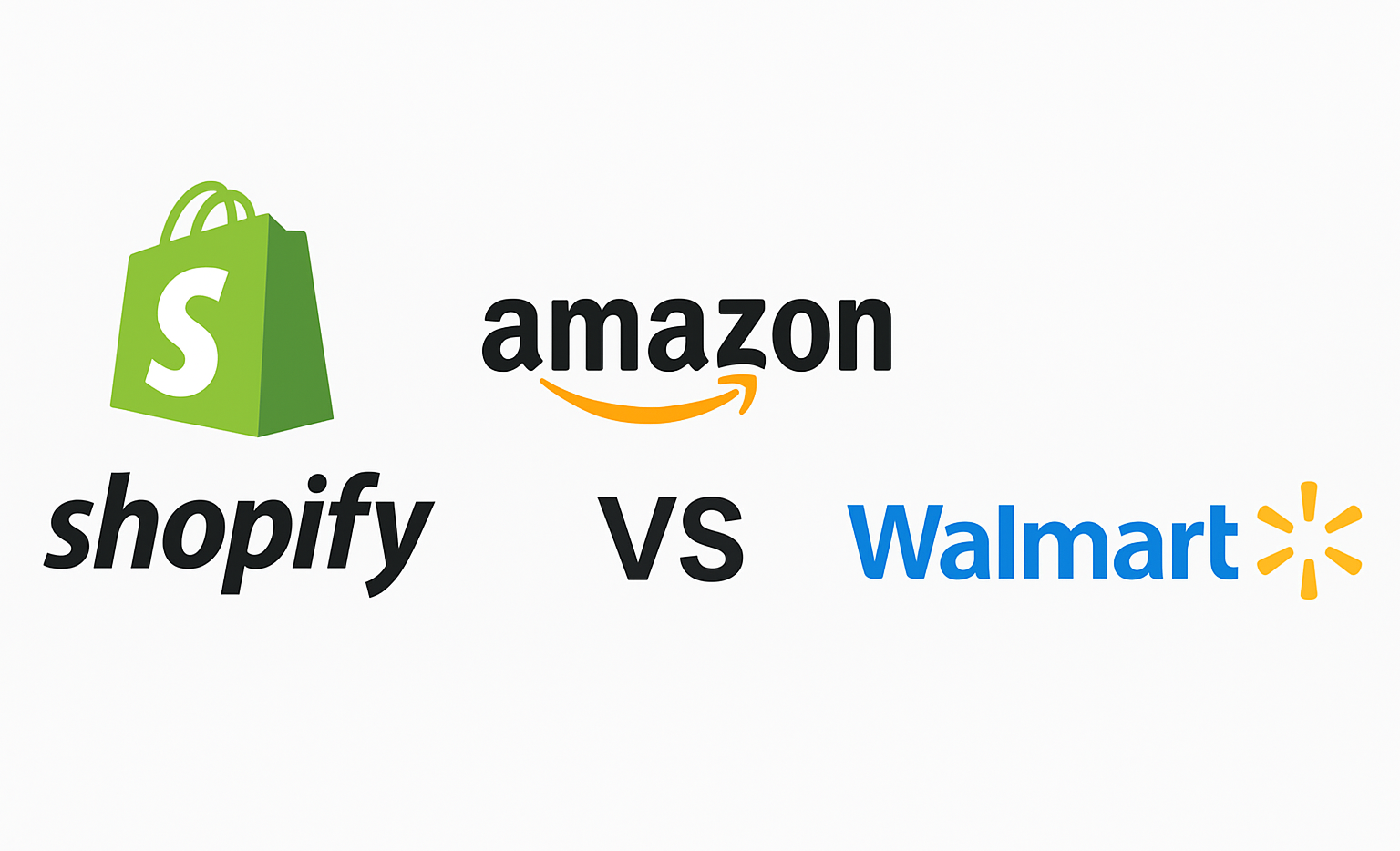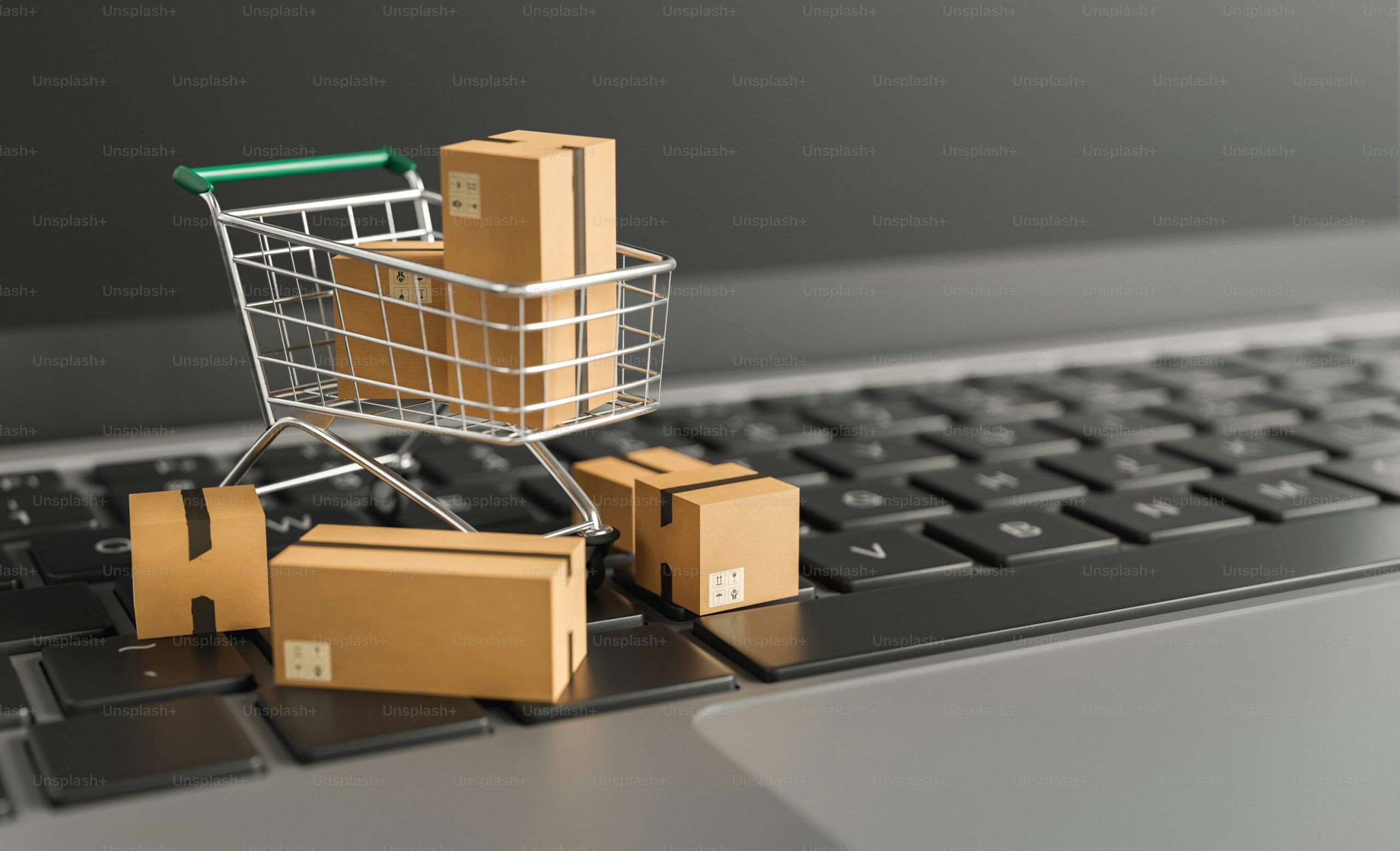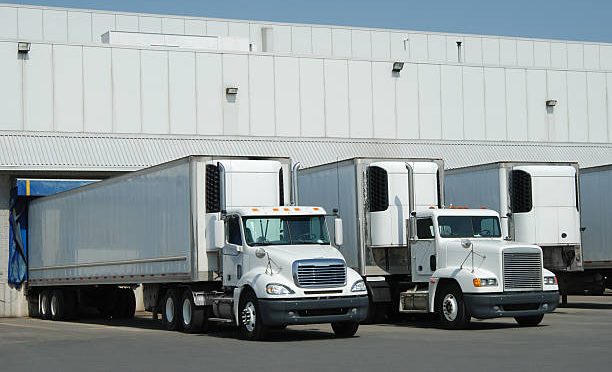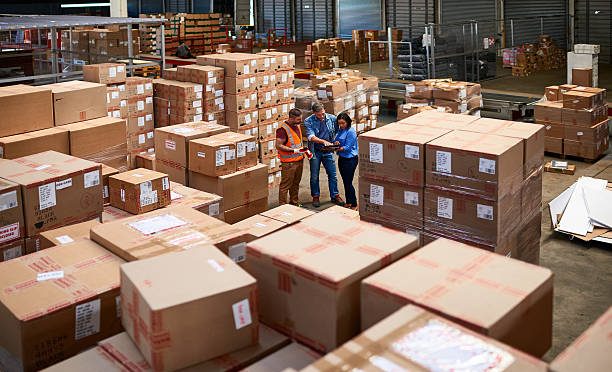
Local shipping solutions play a crucial role in helping small businesses stay agile and competitive, especially when global supply chains face disruptions. At Beavership, we understand that reliable, cost-effective delivery options are essential for businesses in local communities to meet customer expectations and streamline their operations.
By offering tailored services such as mailbox rentals and express package delivery, Beavership supports small businesses with the local presence, flexibility, and expertise they need to thrive in a challenging market. Our commitment goes beyond simple shipping—we aim to provide personalized service that helps small businesses build customer loyalty and maintain a strong local connection.
Consumer Shift Toward Supporting Local Services
We have observed a clear change in consumer behavior that favors local services and businesses. Recent data shows that around 79% of Canadians now place more importance on supporting their local community compared to previous years. This shift reflects a desire to strengthen local economies and maintain close community ties.
Consumers increasingly value personalized service and faster delivery times, which local providers often offer compared to larger, global companies. These local solutions typically adapt better to specific needs, improving the overall experience for both buyers and sellers.
Supporting local businesses also aligns with growing environmental concerns. Shorter supply chains reduce transportation emissions, contributing to a smaller carbon footprint. Many consumers recognize that choosing local is not only about convenience but also about sustainability.
We note several reasons driving this trend:
- Economic empowerment of local communities
- Faster, often more reliable shipping
- Enhanced customer service and flexibility
- Environmental benefits from reduced shipping distances
As a community member and business, we understand this evolution and remain committed to meeting these expectations through dedicated local shipping solutions. This commitment also reflects a broader market movement where consumers seek value in community-driven purchasing choices.
Benefits for Customers and Small Businesses
We understand that reliable shipping is vital for small businesses to succeed. Local shipping solutions provide faster, more predictable delivery times compared to large international carriers. This speed helps both us and our customers meet expectations without unnecessary delays.
Choosing local providers supports the local economy directly. When we work with regional couriers, we invest in community jobs and services, which strengthens economic resilience.
Our customers benefit from more personalized service. Local couriers often offer greater flexibility and direct communication, allowing us to address issues quickly and maintain transparency throughout the delivery process.
Key Benefits:
| Benefit | Impact for Customers and Small Businesses |
|---|---|
| Faster delivery times | Quicker receipt of orders, improving satisfaction |
| Personalized service | Tailored solutions and easier problem resolution |
| Cost-effective options | Lower shipping costs help us keep prices competitive |
| Support for local jobs | Strengthens community economy and business sustainability |
Additionally, local shipping reduces the environmental impact by lowering transportation distances. This aligns with our commitment to responsible business practices.
Overall, local shipping solutions help us maintain customer trust, manage costs effectively, and contribute positively to the community.
The Role of Local Shipping Solutions in Supporting Small Businesses: Beavership’s Commitment
Local shipping providers play a vital role in helping small businesses thrive. By focusing on tailored solutions, we can offer faster, more reliable services that meet the specific needs of our community.
At Beavership, we prioritize customer satisfaction through personalized service, something national carriers often cannot provide. Our offerings include mailbox rentals and expert pack-and-ship options, which help streamline logistics and protect privacy.
Our commitment extends beyond shipping. We offer secure locations for businesses to receive mail and packages safely. This service builds trust and adds convenience, allowing entrepreneurs to focus on growth rather than logistics challenges.
| Service | Benefit |
|---|---|
| Mailbox Rentals | Business-friendly address, privacy |
| Pack-and-Ship Services | Professional handling, ease |
| Local Delivery | Faster turnaround, cost savings |
Supporting local businesses means creating solutions that work for them. Our local presence and expertise enable us to customize shipping experiences that build loyalty and improve competitiveness.



